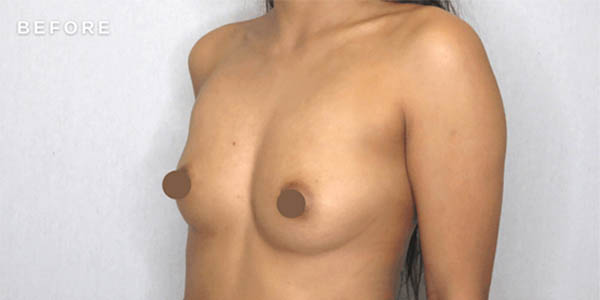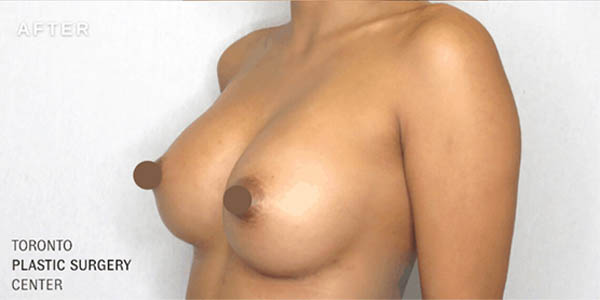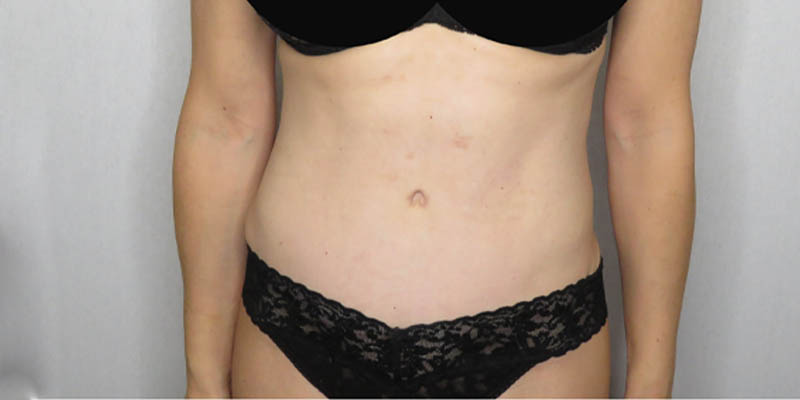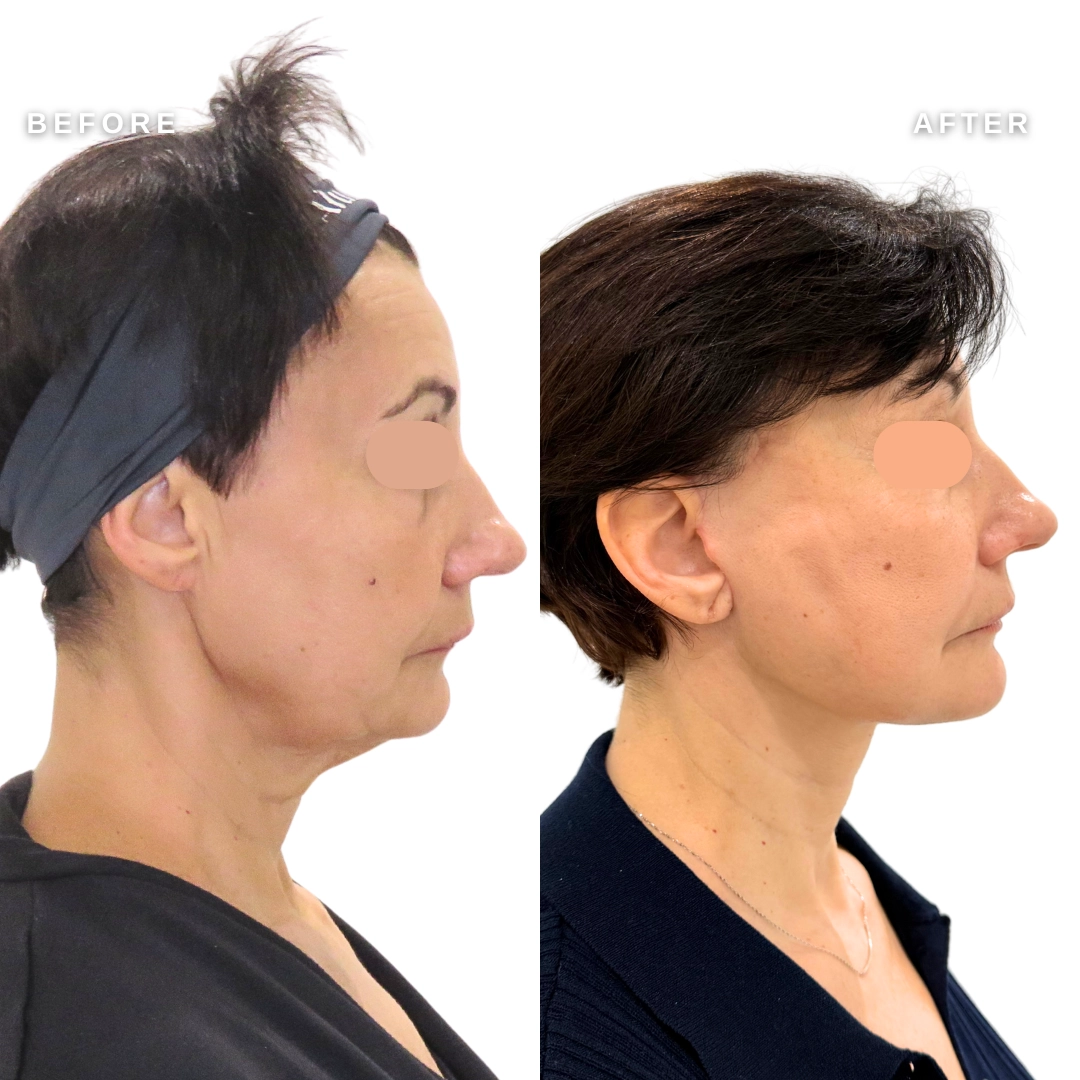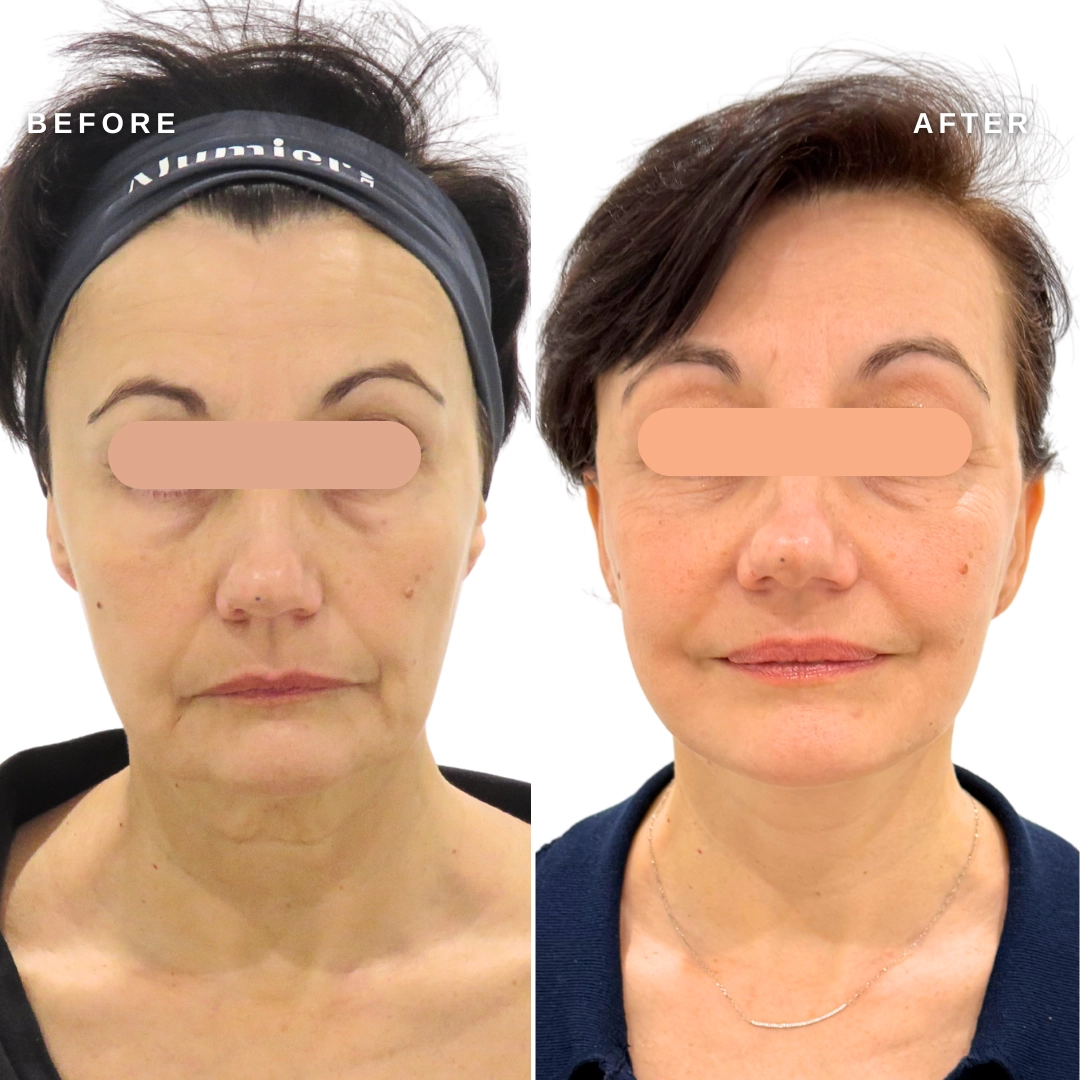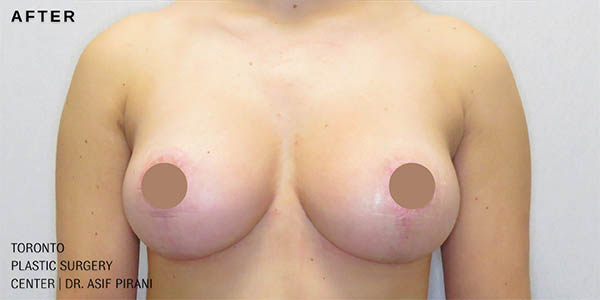- Body
- Breast
- Face
- Injectables
- BOTOX®, Dysport & Nuceiva
- Dermal Fillers
- Earlobe Filler
- Facial Slimming
- Gummy Smile Correction
- Hyaluronidase
- Hyperhidrosis
- Jawline Filler
- Lip Injections
- Non-Surgical Brow Lift
- Non-Surgical Double Chin Reduction
- Non-Surgical Facelift
- Non-Surgical Hand Rejuvenation
- Non-Surgical Nose Job
- Tear Trough Treatment
- Skin
- Male
- Gallery
- About
- Resources
- Contact
October 19, 2016
As we age, our facial lines begin to deepen, and we begin to develop a multitude of new, fine lines that also deepen as time goes on. In contrast to Botox, which relaxes the area, minimising the appearance of lines, dermal fillers actually fill these lines after being injected under the skin. There are several types of dermal fillers, produced under a wide range of trade names, and a cosmetic surgeon will be able to advise you as to which of these suits you best. We look at the active ingredients used in dermal fillers.
Hyaluronic Acid
Hyaluronic acid isn’t some scary chemical substance. Instead, it occurs naturally in your skin. It has been very thoroughly researched and is very widely used throughout North America and around the world. Once the filler has been injected, it absorbs moisture from surrounding areas, plumping up the skin.
As an added benefit, Hyaluronic acid promotes collagen formation. Collagen is what keeps our skin young and supple-looking, so even after your dermal filler treatment wears off (after 6 to12 months), the lines will be less marked than they previously were. It’s extremely unlikely that you will have any allergic reactions or unpleasant side effects after your dermal filler treatment when this substance is used.
You will commonly hear of Hyaluronic acid dermal fillers referred to as “Restylane” or “Juvederm”.
Collagen
Once again, a natural substance found in skin is used to “fill” wrinkles. Collagen is the oldest of the dermal fillers used for this procedure, and has been widely studied. Natural collagen is used, so this filler is also considered to be very safe to use. Only 2% of people are allergic to collagen, but to be extra safe, you will have a skin test done before the procedure. Collagen injections last for 3 to 8 months. Because Collagen is less long-lasting, Hyaluronic acid is generally considered to the better of the two. It also doesn’t cause any adverse reactions, while Collagen, however rarely, can.
Poly-L-Lactic
Often referred to as “Sculptra” or “New Fill”, this dermal filler uses polymer microspheres. Like Hyaluronic acid fillers, the treatment promotes Collagen production, so besides filling lines and wrinkles, it also helps the skin to rejuvenate itself. This treatment works for up to two years, and is considered to be very safe indeed. The only problem with this filler is that it is not suitable for use close to the eyes or lips, and you will have to massage your face to prevent subcutaneous bumps. It will also take longer for you to see your results, sometimes as long as two or three months.
Calcium hydroxyapatite
In a way, this treatment is very similar to the previous one we looked at. Instead of using spherical micro particles, these ones are bone-shaped. Again, allergies are not a concern, and this treatment has the advantage of enabling you cosmetic surgeon to sculpt the contours of the face somewhat. Your cosmetic surgeon will have to use his or her skill and experience to ensure that the filler is injected deeply enough, and the results last up to two years.
How your procedure works
First, you will have a full consultation with your cosmetic surgeon, in which you explain what you want to achieve. The surgeon will be able to tell you to what extent dermal fillers can help you, and will talk you through any risks, however slight these may be. You’ll also be talked through any after care practices you should institute. The procedure itself doesn’t take more than a few minutes, and may require some local anaesthetic when sensitive areas are treated. But disruption to your life is minimal. You can go straight back to work after your dermal filler treatment.

